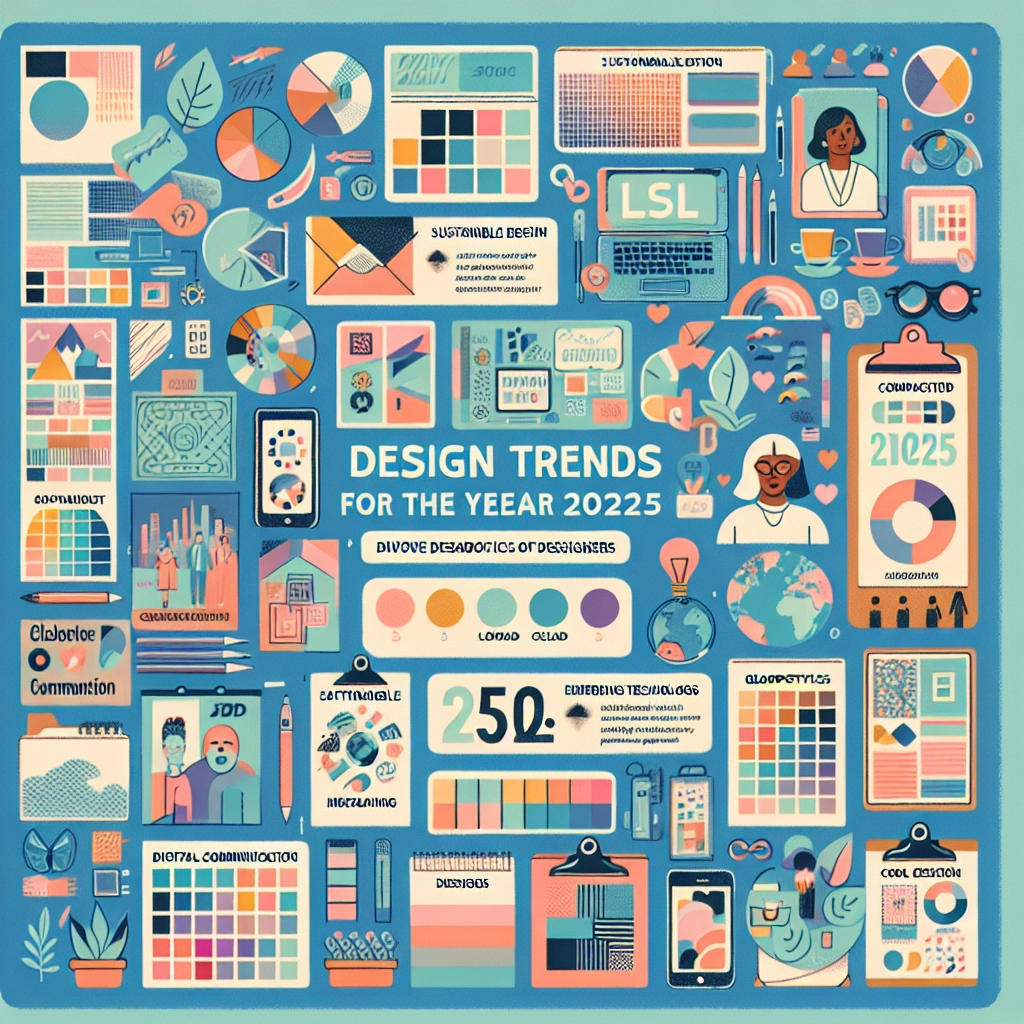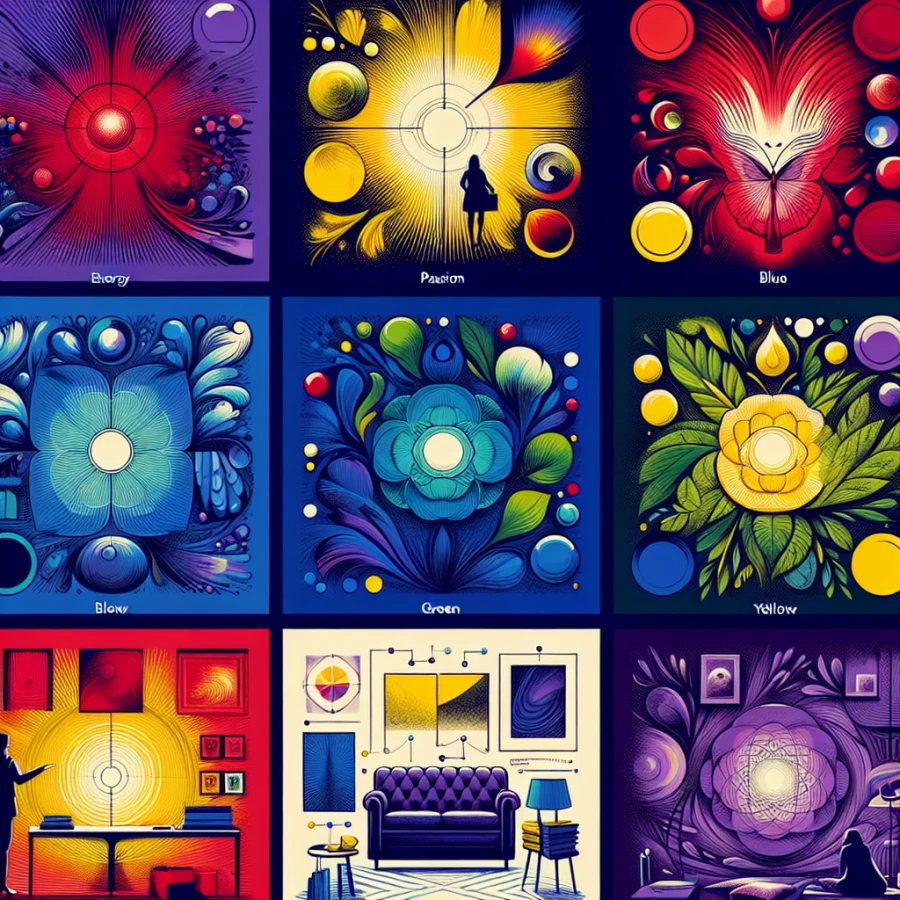Design Trends 2025: What’s Shaping the Creative Industry
In 2025, design is less about static deliverables and more about living systems. From AI-native workflows to low‑carbon products and spatial interfaces, the creative industry is shifting toward work that is adaptive, ethical, and measurable.
AI‑native workflows and co‑creation
Generative tools have moved from experimentation to daily practice. Designers now orchestrate models, data, and human taste into cohesive brand experiences.
- From prompts to briefs: structured prompt libraries, brand voice guards, and reference packs.
- Model‑aware brand systems: tokens for tone, texture, and motion guide AI outputs.
- Provenance and consent: C2PA-style watermarking and approved training sets become standard.
Sustainable, ethical, measurable
Green design matures from values to KPIs. Teams bake sustainability and governance into roadmaps and reviews.
- Low‑carbon patterns: lighter assets, adaptive media, efficient type stacks, and green hosting.
- Longevity over novelty: modular systems that reduce rework and waste.
- Accessibility by default: contrast‑safe palettes, motion settings, and clear language.
- Track grams of CO₂ per page/session and set reduction targets.
- Audit data collection/minimization and explain value exchange.
- Review supply chains for ethical imagery, fonts, and models.
Spatial, multimodal, and motion‑rich
Interfaces expand beyond screens. Spatial computing, voice, and haptics demand new patterns that respect context.
- Spatial UI: depth, occlusion, and scale as primitives; content anchored to tasks, not windows.
- Multimodal journeys: voice, touch, and vision work together with graceful handoffs.
- Purposeful motion: micro‑interactions communicate state while honoring reduced‑motion preferences.
Systems, type, and color that scale
Design ops focuses on reliability. Tokens unify brand and product across teams, regions, and devices.
- Design tokens everywhere: typographic ramps, spacing, and motion variables synced to code.
- Variable fonts: performance gains plus expressive flexibility for localization.
- Dynamic color: accessible themes that adapt to dark mode, ambient light, and user needs.
The throughline of 2025 is intent: tools are powerful, but clarity of purpose wins. Build systems that learn, brands that scale, and experiences that respect people and the planet.



